This blog post provides a comprehensive summary of the true West African yam, where to purchase yam, how to cook yam, and recipe suggestions.
What is Yam
If you live in the United States, you will probably interchange the word yam with orange sweet potatoes. But this is a misnomer. The true yam is part of the Dioscorea family, which is a family of vines that were independently domesticated in Asia, West Africa and Southern America. They produce starchy tubers that are larger and range from white to yellow to purple. They are not sweet. The sweet potato, however, is from the Convolvulaceae family and has very different characteristics.
So how did the sweet potato get confused with the yam?
This confusion is steeped in the history of enslavement as well as marketing. For the enslaved Africans that were forcibly brought to the Americas, the word “yam” was derived from various west African dialects that use a similar word to describe “eating”. In addition, sweet potatoes were a familiar starch for West Africans brought to the Americas. In addition, “yams” because more commonplace due to marketing by the Louisiana Sweet Potato Industry. You can find a more comprehensive discussion on the Food and Wine website (click here)
Where can I buy African Yam?
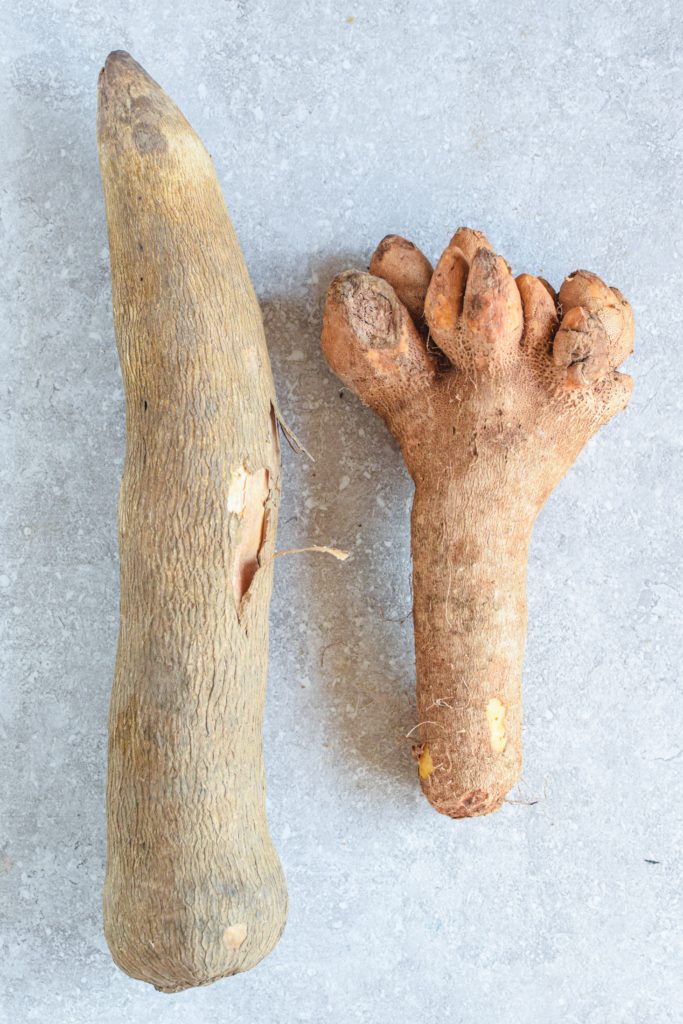
if you live in West Africa, yam is found in any marketplace. But, if you live in the US and Canada, your best option is African stores. For more details on West African stores, check out my FAQ (click here). Choosing a good yam can be tricky. Most African stores that import yams from Ghana usually sell one variety (pona). This variety is starchy and when cooked can have a sweet undertone to it. A good yam is one that is solid and has no visible discoloration.
There are other varieties of yams sold but they tend to be more niche varieties.
How to cook African yam
Boil
Boiling is the method preferred in many Ghanaian households. We serve boiled yam with a variety of stews and sauces. To boil yam, you simply need to cut it into 1-inch disks and then peel it with a knife. Boil it in a lot of water that is salted at medium heat. Do not cover it fully otherwise it will bubble over. The thickness of the yam dictates how long you cook it. If you cut it to the size of what is shown in the video, it should take about 15 minutes.
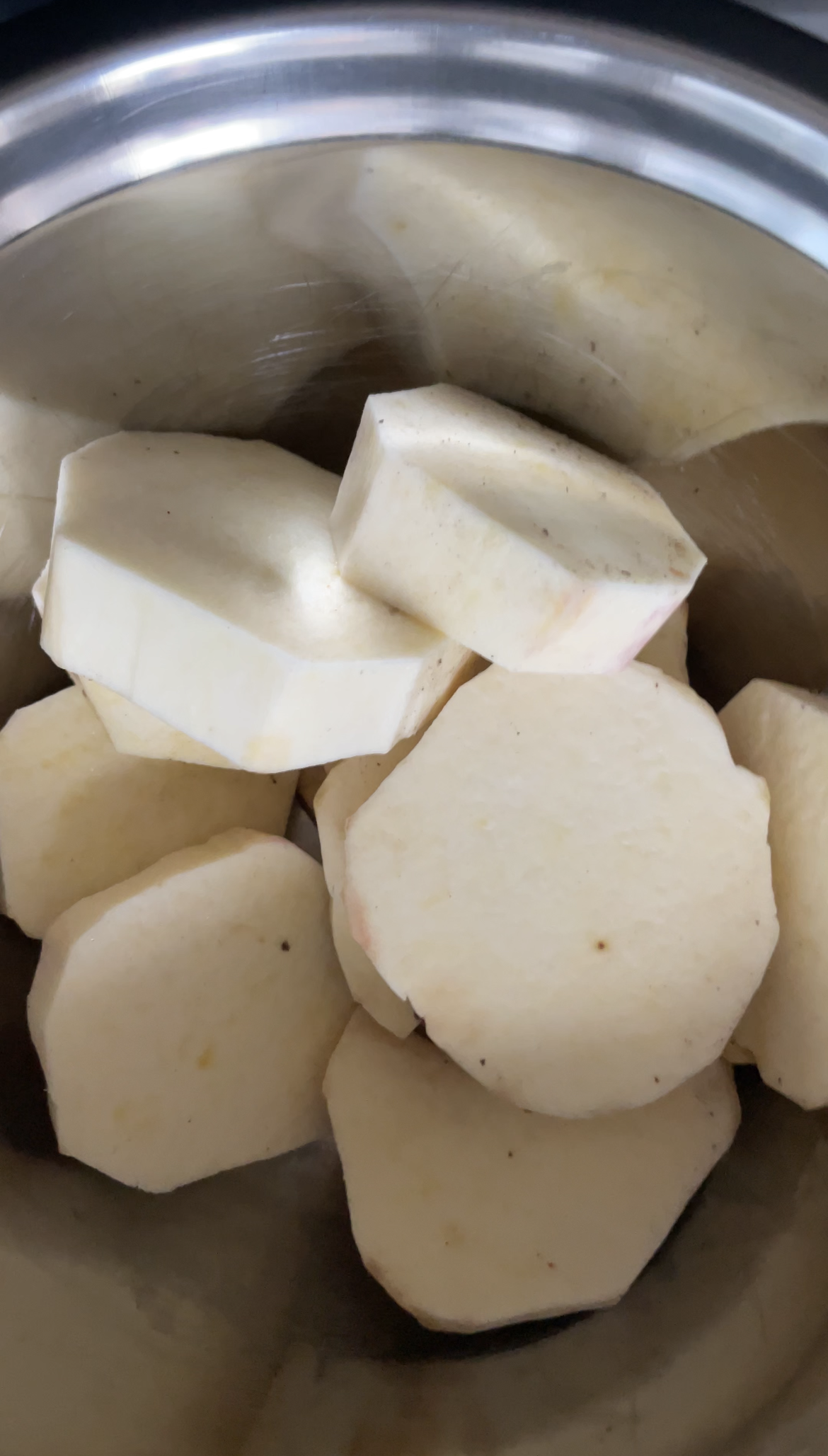
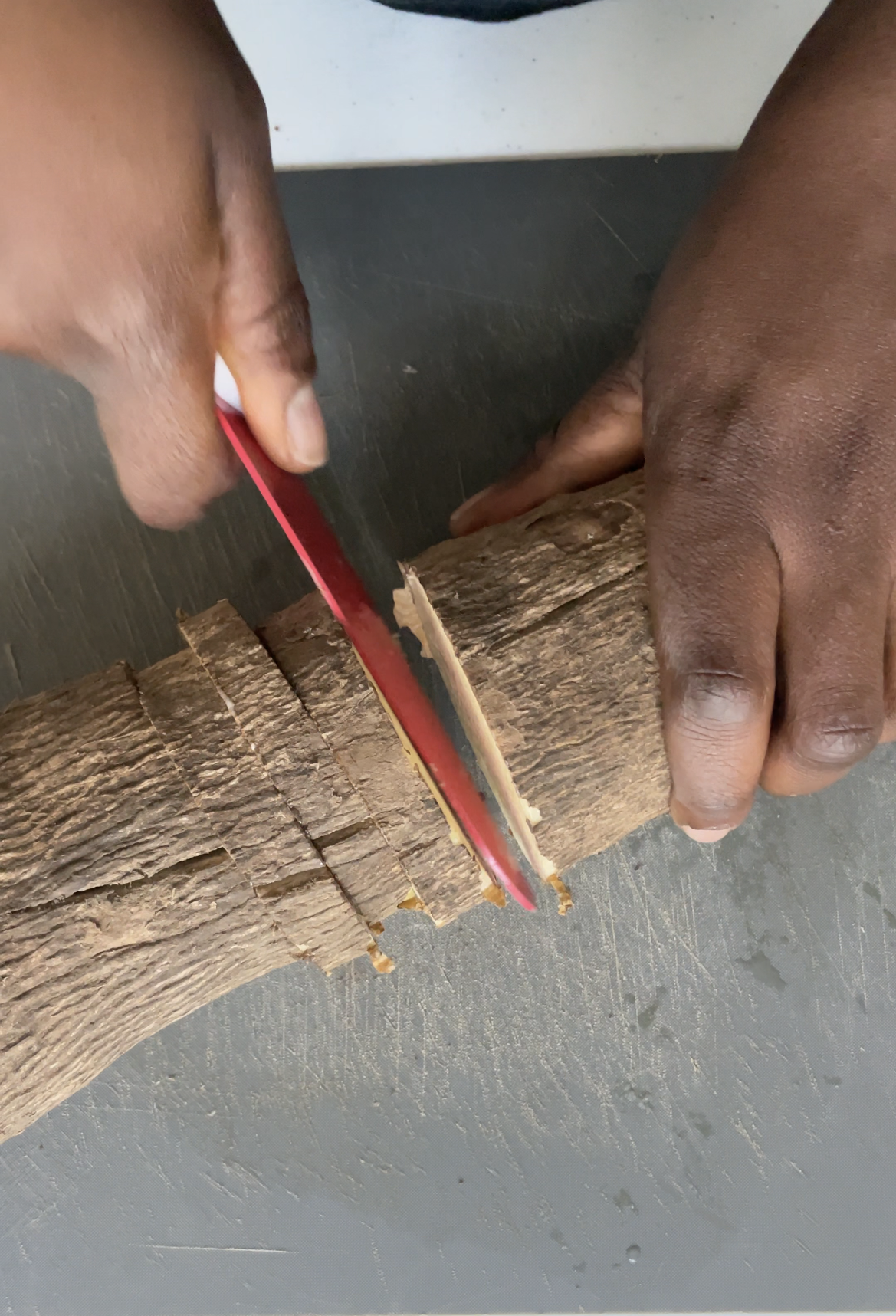
Want some stews to try boiled yam with, check out some of my favourite sauces.
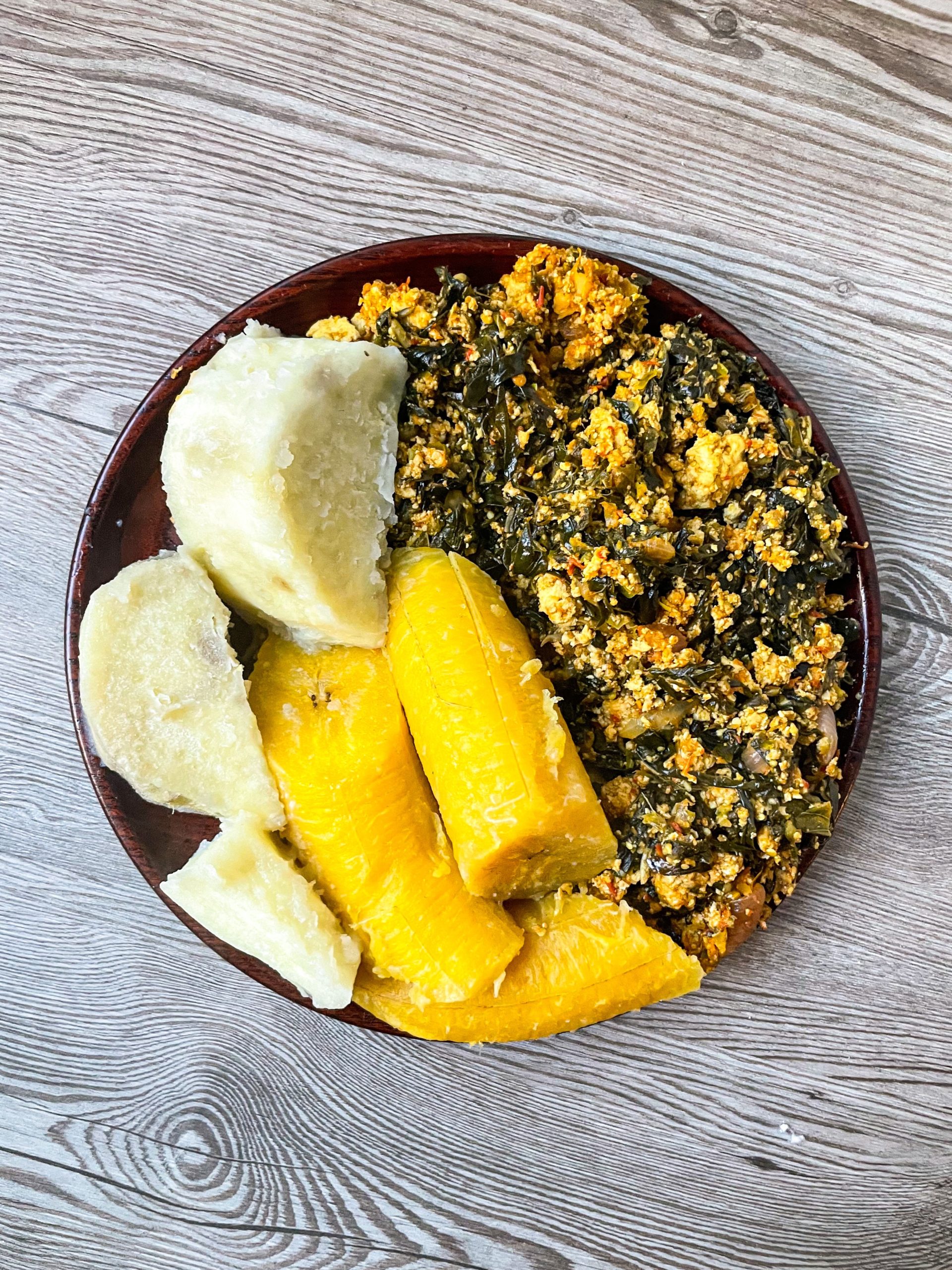
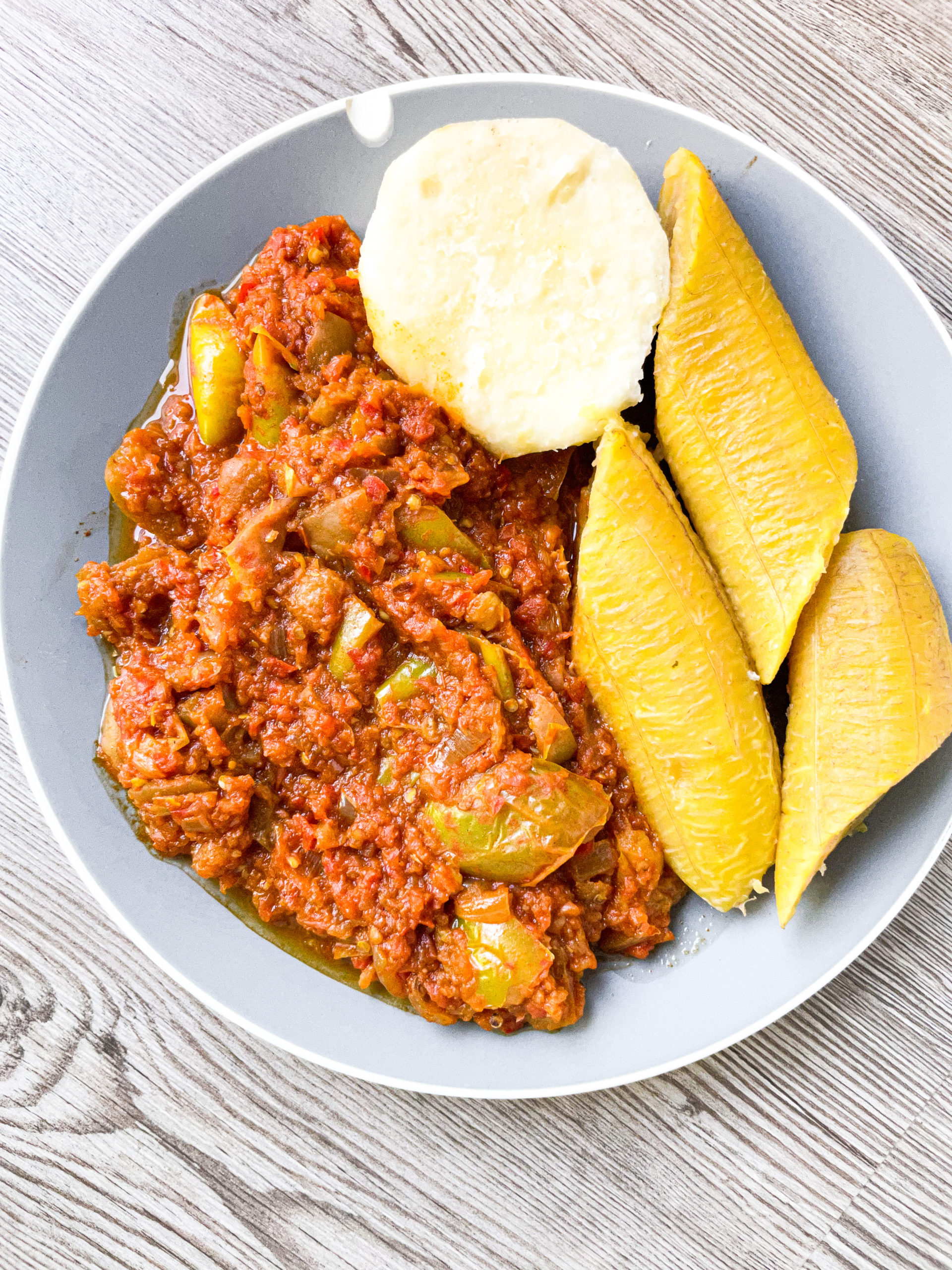
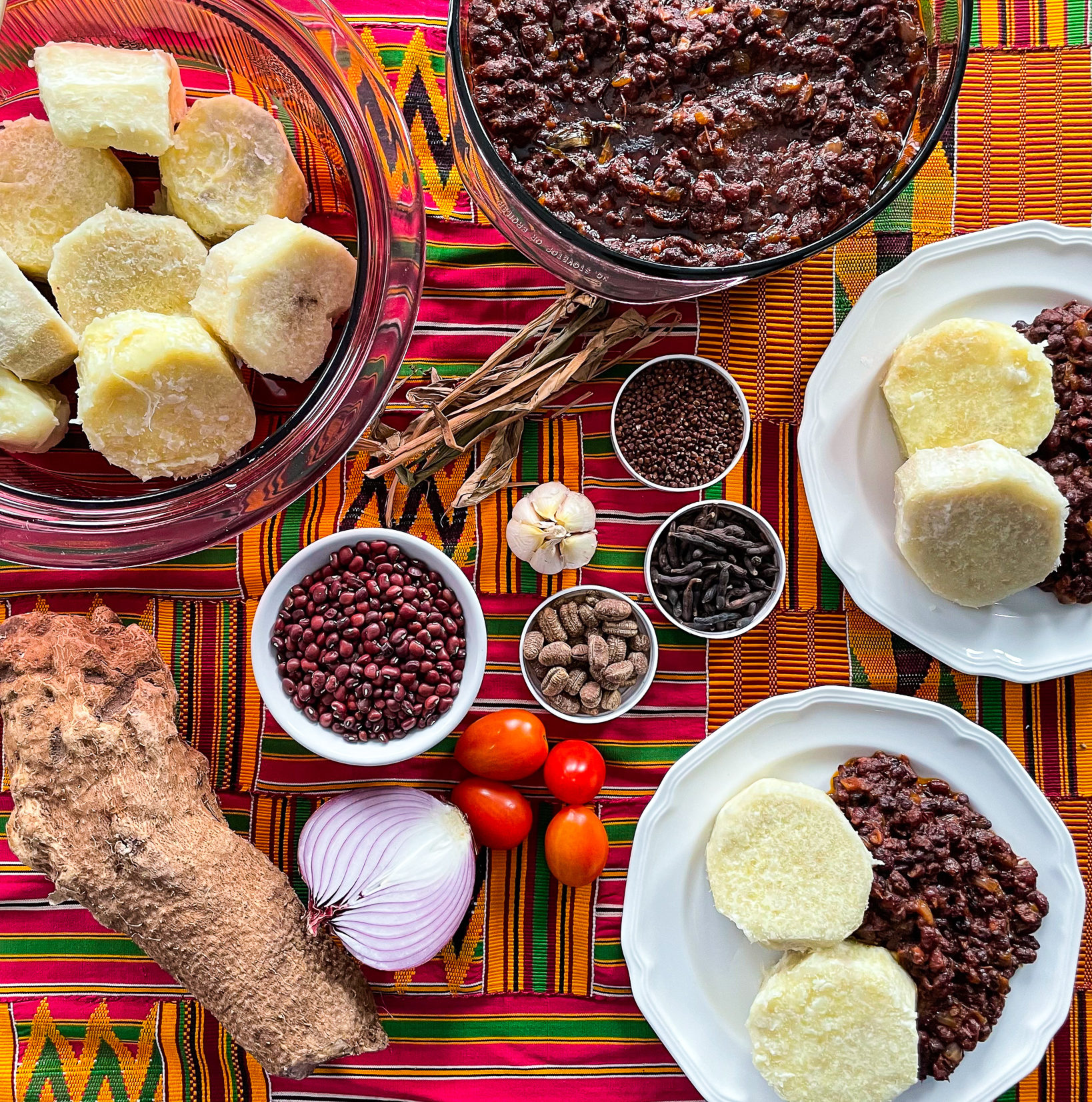
Fry
The next common option is to fry the yam. Frying is pretty straightforward; however, it takes more time than potatoes do. Since yam is starchy and dense, it needs more time to cook. You can cut your yam into fries and fry in hot oil till golden brown. This usually takes up to 10 minutes depending on how thick the yam cuts are.
Pound
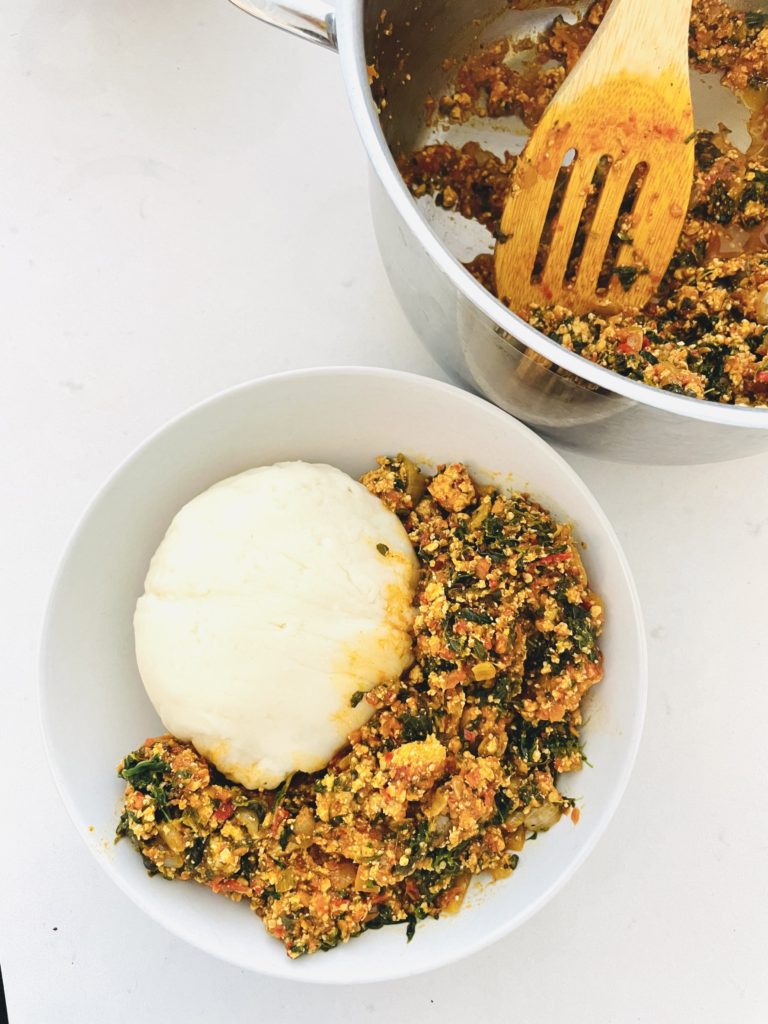
Yam is usually pounded into a starchy swallow called pounded yam. Across parts of West Africa, it is also referred to as fufu — the name really depends on where you are in West Africa. Sometimes, the yam is also pounded with cocoyam/taro, cassava or plantain. Outside of West Africa, it is hard to find a mortar and pestle so some use their food processor or stand mixer. You can check out this video on how to make pounded yam at home.
How to Store Yam
Yam that is raw that has not been cut into can be stored in a cool, dark and dry place for a couple of weeks before it goes bad. You can even store yam that has been cut in half.
To extend the shelf life, you can chop up the yam and freeze it. This is what we do in our household. Seeling the yam in a good freezer bag can extend its life over months. It might have a slight freezer burn after several months but it still tastes good. When you are ready to cook, simply plop the frozen yam in a bowl and boil. No need to thaw the yam. Unfortunately, you cannot really fry these ones as they will take forever to cook through.

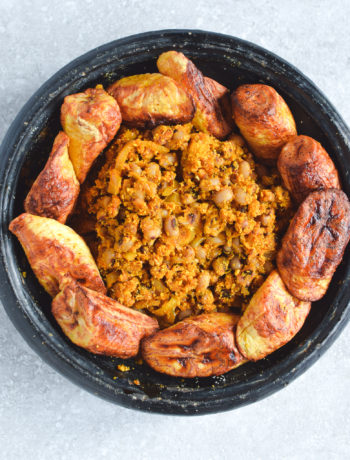
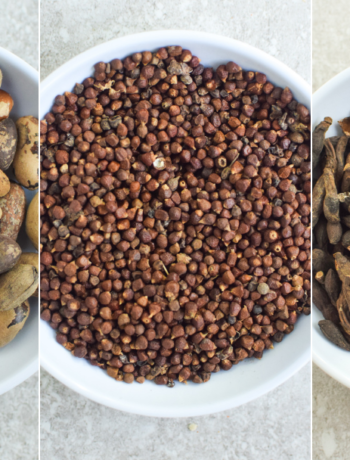
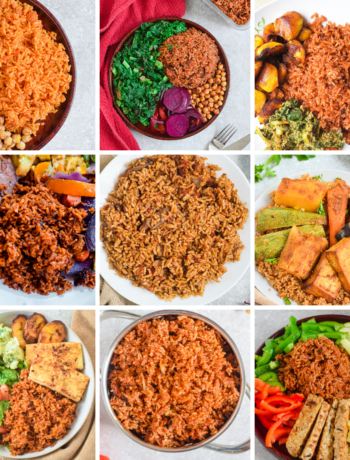
4 Comments
Vegetarian Efo Riro - The Canadian African
December 13, 2022 at 2:57 am[…] Yam – check out this blog post on how to cook West African […]
Vegan Kontomire/Palava Stew - The Canadian African Sauces
February 21, 2023 at 11:32 pm[…] I grew up eating kontomire stew with boiled sweet plantain or yam. If you want to cook perfect plantains, check out my blog post on plantains (click here). To cook the perfect west african yam, check this blog post (click here) […]
Susan
June 9, 2023 at 11:48 amI love your blog, really thank you so much for all your blog posts and West African recipes. I wanted to ask if it is necessary or helpful to soak the yam or cassava before cooking and pounding it?
I read that for cassava it might be better so I was wondering.
thecanadianafrican
July 28, 2023 at 11:21 amYou do not need to soak it, boiling it/the cooking process will remove any concerns of toxins